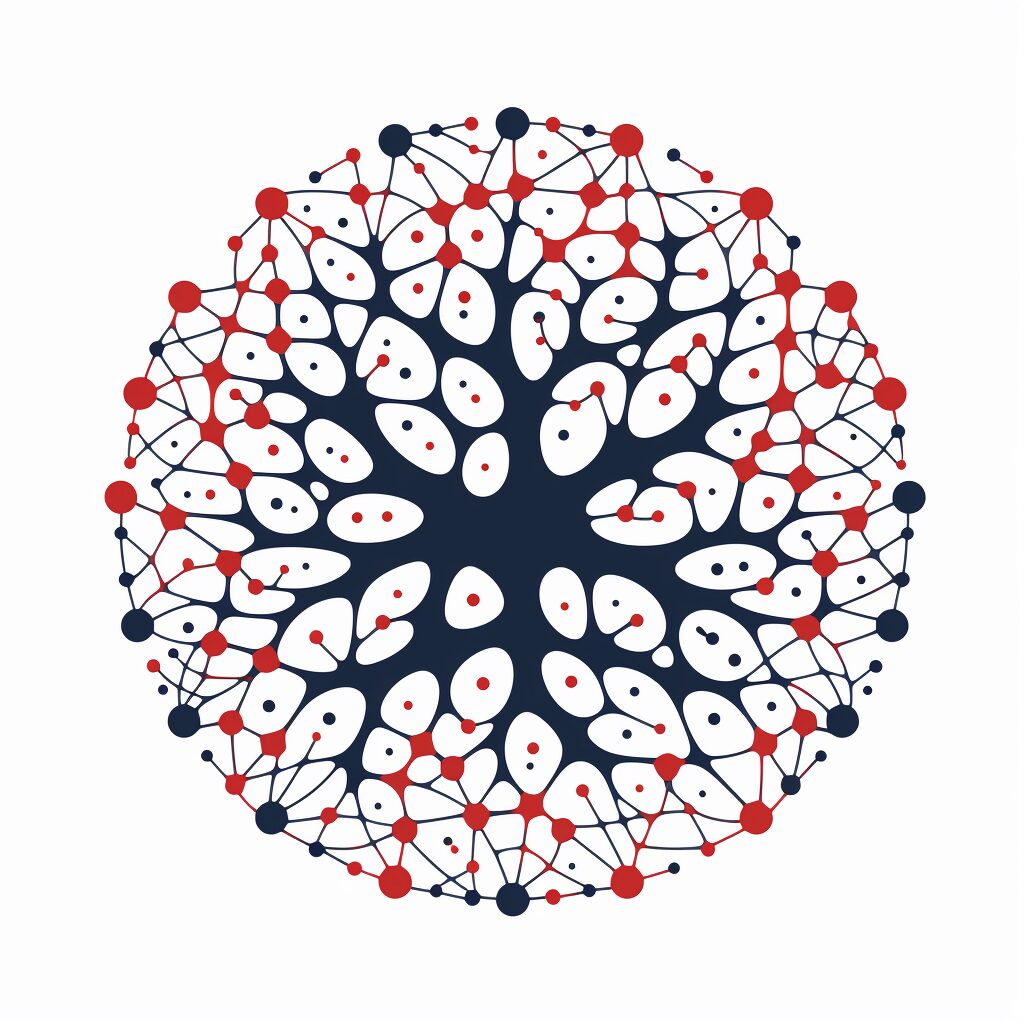In the vast landscape of algorithms and data structures, some stand out not just for their ingenuity but for their real-world applications. Today, we'll explore six such algorithms, each with its unique utility and relevance in modern computing. These aren't just theoretical concepts; they're tools that have reshaped the way systems are built and problems are solved.
1. Consistent Hashing
- What it is: A method to distribute data across multiple servers.
- Real-world application: Used by systems like Cassandra.
- Why it matters: Ensures efficient data distribution and minimizes disruptions when servers are added or removed.
- Bonus knowledge: The concept of virtual nodes helps in tackling non-uniform data distribution. For those wanting to go deeper, rendezvous hashing and jump consistent hashing are worth exploring.
2. Quadtrees for Spatial Indexing
- What it is: A tree structure that recursively subdivides 2D space.
- Real-world application: Ideal for mapping applications.
- Why it matters: Offers fast location-based insertions and searches.
- Bonus knowledge: Other spatial indexing methods include R-trees and KD-trees.
3. Leaky Bucket Algorithm for Rate Limiting
- What it is: A metaphorical bucket used to control data transfer rates.
- Real-world application: Manages the flow of requests in a system.
- Why it matters: Provides a simple solution to regulate request flow.
- Bonus knowledge: There are other rate-limiting algorithms like the token bucket and sliding window counter. Each comes with its own set of trade-offs.
4. Tries for String-based Searches
- What it is: A tree structure optimized for storing strings and prefixes.
- Real-world application: Powers operations like autocomplete in search engines or text editors.
- Why it matters: Provides lightning-fast searches.
- Bonus knowledge: Memory usage can be optimized using radix tries or suffix tries.
5. Bloom Filters
- What it is: A probabilistic data structure for set membership checks.
- Real-world application: Useful in caching, deduplication, and analytics.
- Why it matters: Quickly filters out unnecessary data.
- Bonus knowledge: They can't remove elements and may lead to false positives, but adjustments can be made to balance space and accuracy.
6. Consensus Algorithms: Focusing on Raft
- What it is: Algorithms to ensure consistent agreement on a shared state in distributed systems.
- Real-world application: Systems like Kafka and etcd use Raft for replication, failover, and leader election.
- Why it matters: Ensures system reliability in case of failures.
- Bonus knowledge: While Raft is known for its simplicity, Paxos is another significant but more complex algorithm in this category.
Conclusion
The world of algorithms is vast, but these six represent a blend of historical significance, practical relevance, and sheer genius. While each has its unique domain of application, their collective influence spans multiple facets of computing. Their enduring relevance is a testament to their design and functionality. Whether you're just starting out or have years of experience under your belt, understanding these algorithms and their applications can be a game-changer.




